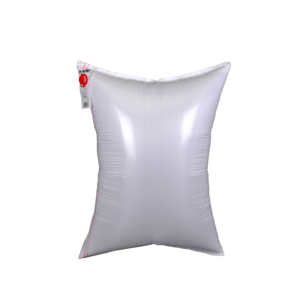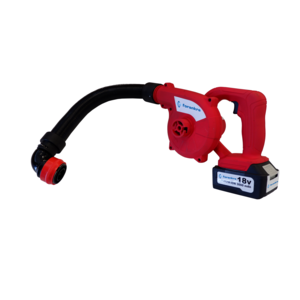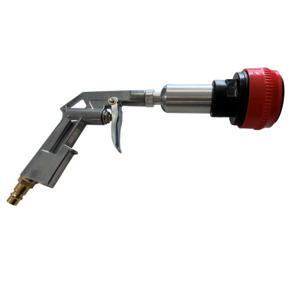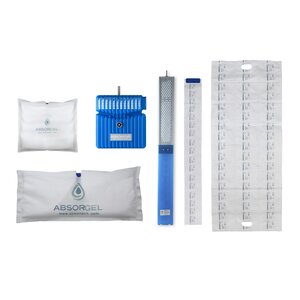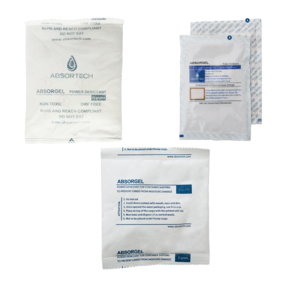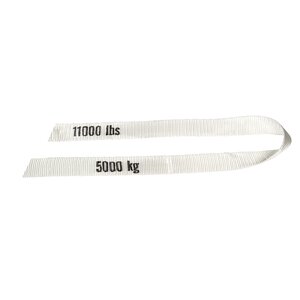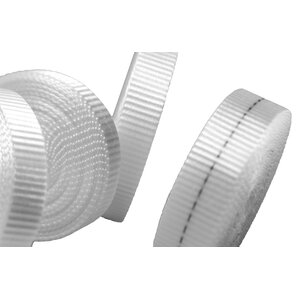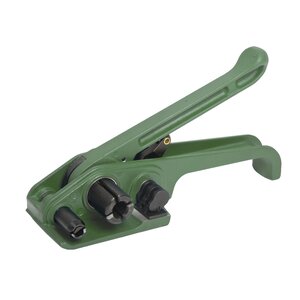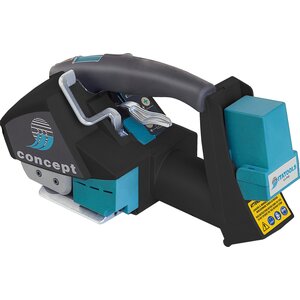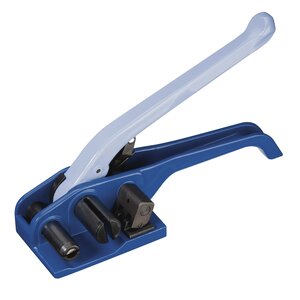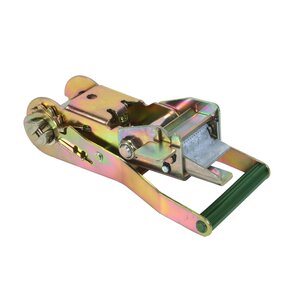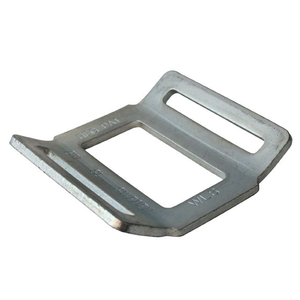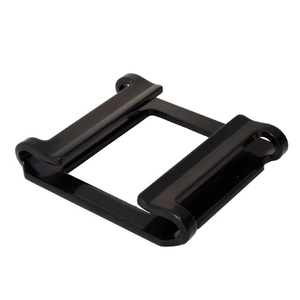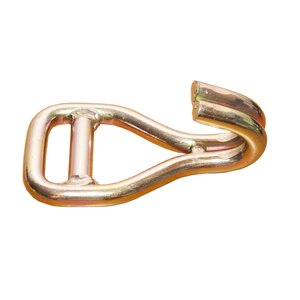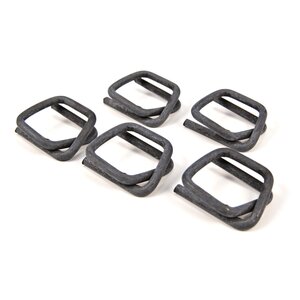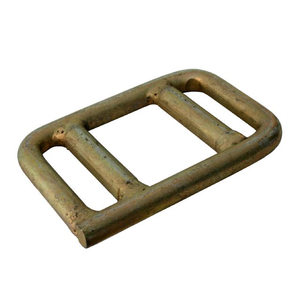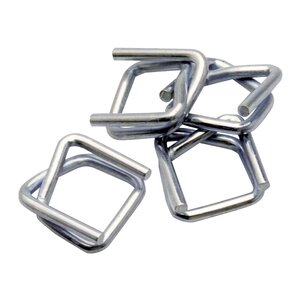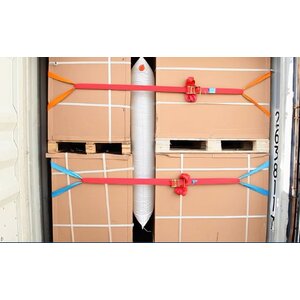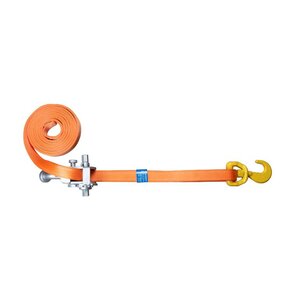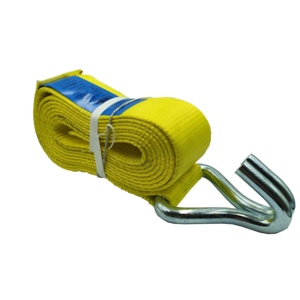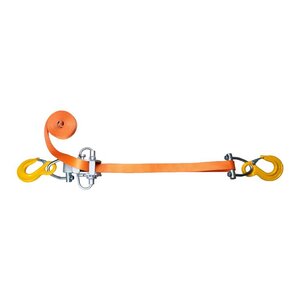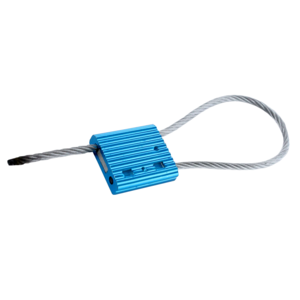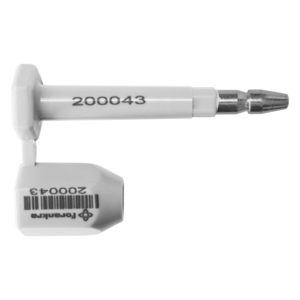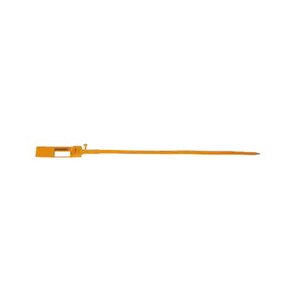
Improperly secured cargo in containers can lead to serious consequences. In the worst-case scenario, it may trigger chain reactions that endanger both the vessel and its crew. Cargo shifting during transit can also cause severe injuries during unloading if goods fall out upon opening the doors.
Besides mass-related forces, moisture is a major issue—it can cause rust, mold, and packaging damage. In fact, 10% of all transit-related container damage is moisture-related.
Insurance companies and inspection authorities estimate that at least 50% of all container cargo is insufficiently secured. The value of cargo damage due to improper securing is estimated at a staggering $500 billion USD annually. Why is this happening, especially when proper cargo securing is such a cost-effective and low-effort safety measure? The main reason is likely a lack of knowledge. Another factor is that many perceive the costs of lashing and securing too narrowly, without considering the broader picture. Eventually, those costs will surface elsewhere.
Depending on the type of transport, different regulations apply to cargo securing inside containers. In intermodal transport, all transport mode regulations must be followed. The most central regulation is the CTU Code of Practice, published by the IMO. For dangerous goods, additional specific regulations apply. More detailed information is available on the Mariterm website.
Forankra has many years of experience in securing container cargo and offers a wide range of products for all cargo securing applications. Our solutions comply with both the CTU Code and AAR regulations. Forankra also represents Absortech in Poland—a company known for its unique moisture protection solutions for containers. These solutions also help streamline work, increase efficiency, and save time.
Forankra offers a wide selection of suitable products and tools for container cargo securing. It’s important to remember that cargo must be properly blocked and braced, and securing materials must be selected and used correctly—this requires good knowledge. Feel free to contact Forankra for expert advice and product recommendations.
Useful Information
There are many regulations governing proper cargo securing in containers. Contact us to learn how to secure your cargo in the most effective and compliant way.
Services
Forankra provides a full range of services related to container cargo securing:
-
Load securing training
-
Expert consulting
-
Custom-tailored products and solutions
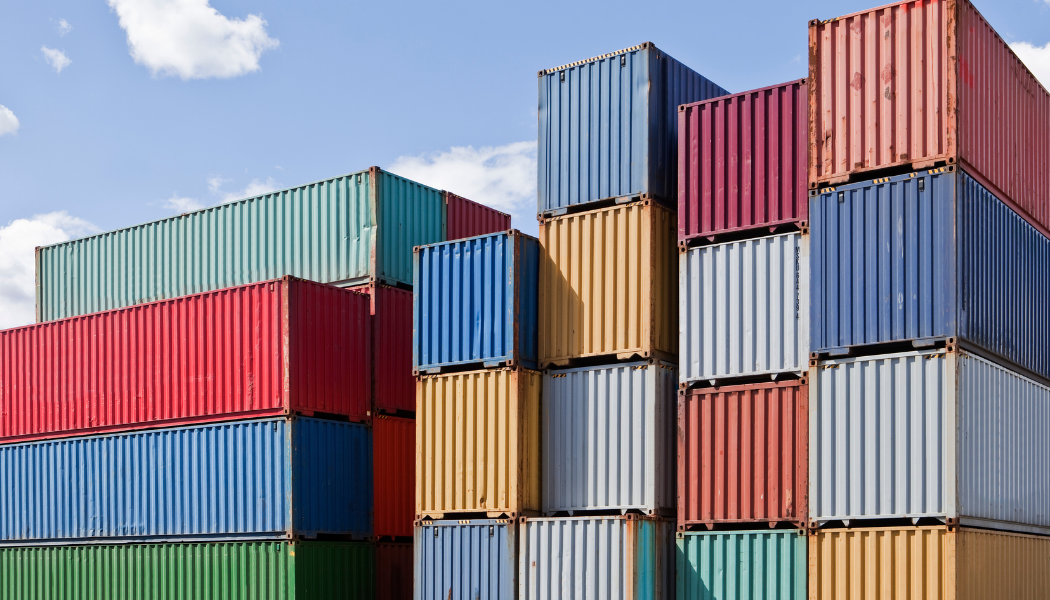
Examples of Products for One-Way Securing
There are many different products that can be used for one-way container securing. Below are some examples. Click on the product link to learn more or discover related items in the same category.
Dunnage Bags
These are the most popular tools for securing cargo inside containers. Made of polypropylene, dunnage bags effectively prevent cargo from shifting once inflated to the correct pressure. For better ergonomics and productivity, we recommend using a battery-powered inflator for easy handling of the bags.
Absortech Moisture Absorbers
Absortech offers two types of solutions to protect cargo against moisture:
-
Packet-size moisture absorbers, placed inside packages to protect individual contents—used during the packing stage.
-
Container moisture control systems, designed for temporary protection inside the entire container during transit.
One-Way Lashing Systems
One-way securing systems are combinations of different components that work together to provide effective container cargo securing. These systems typically include lashings, buckles, corner protectors, anti-slip materials, desiccants, and dunnage bags.
Specialized Container Securing Systems & Port Straps
Our specialized systems are innovative solutions for securing cargo inside containers, designed to improve both safety and handling efficiency.
Container Seals
Container seals are used to secure containers during transportation, ensuring that goods remain untampered with throughout the journey.

